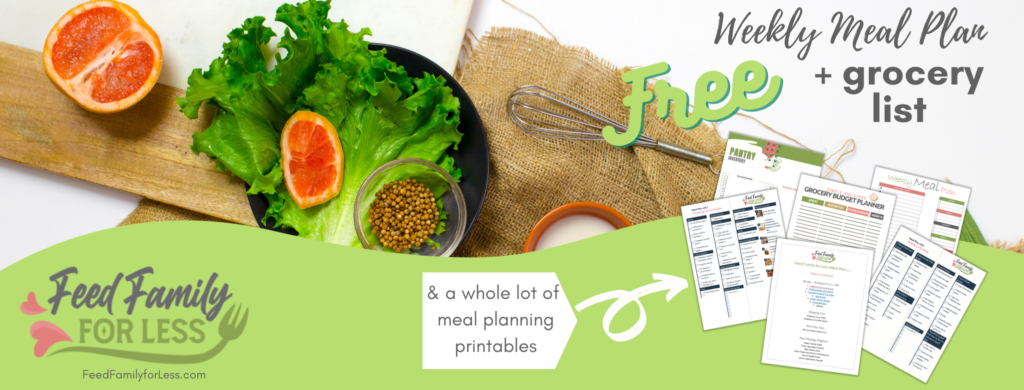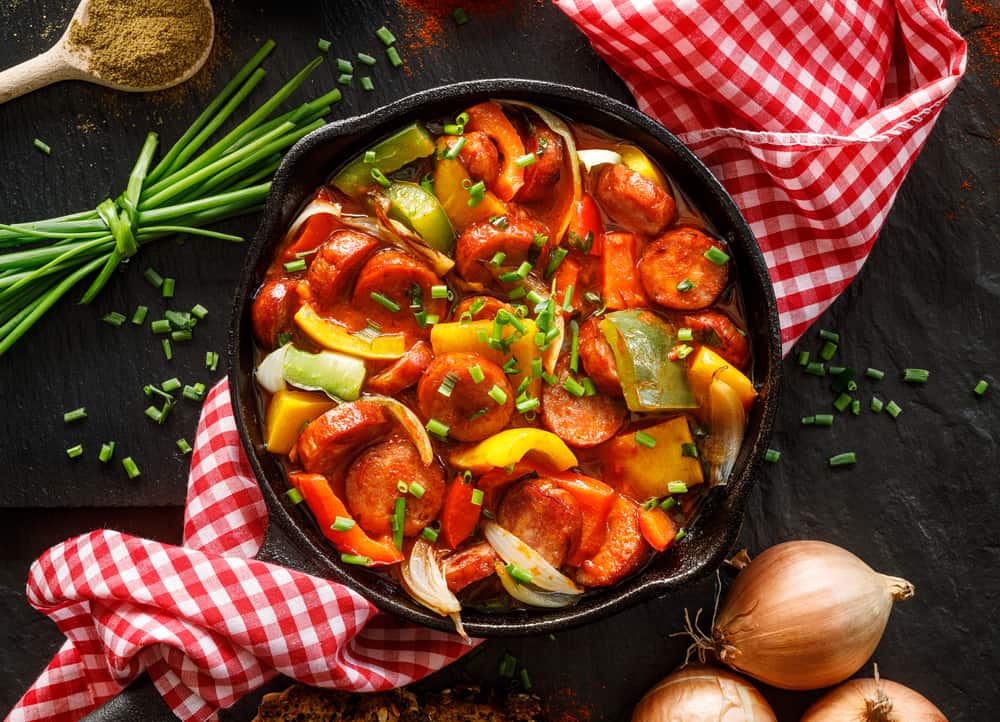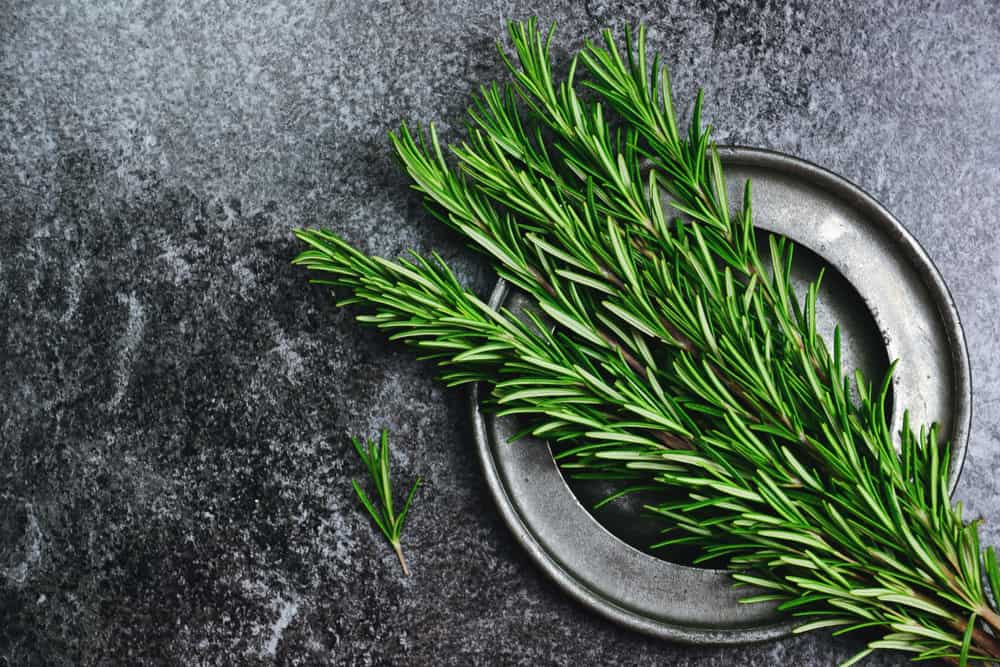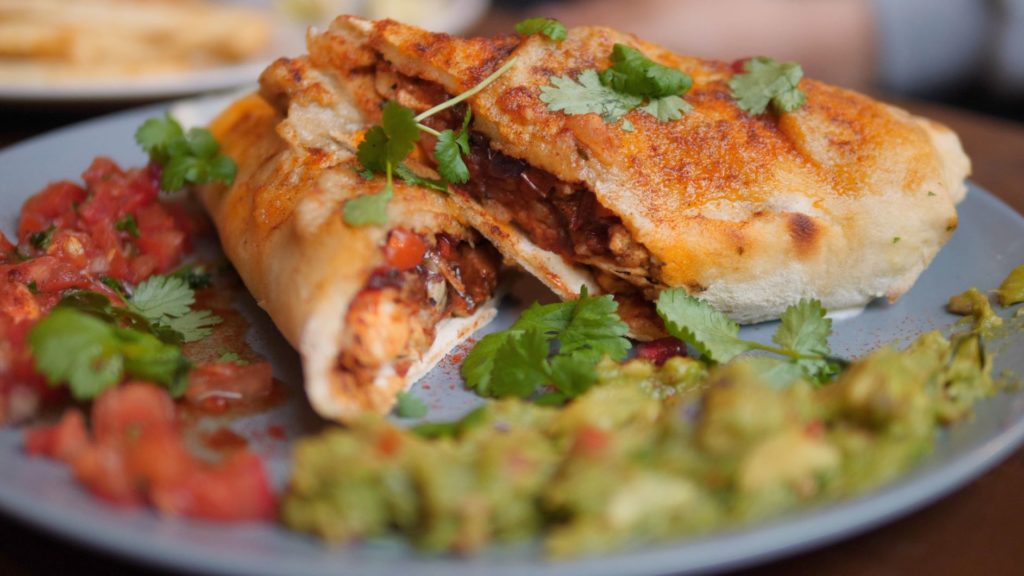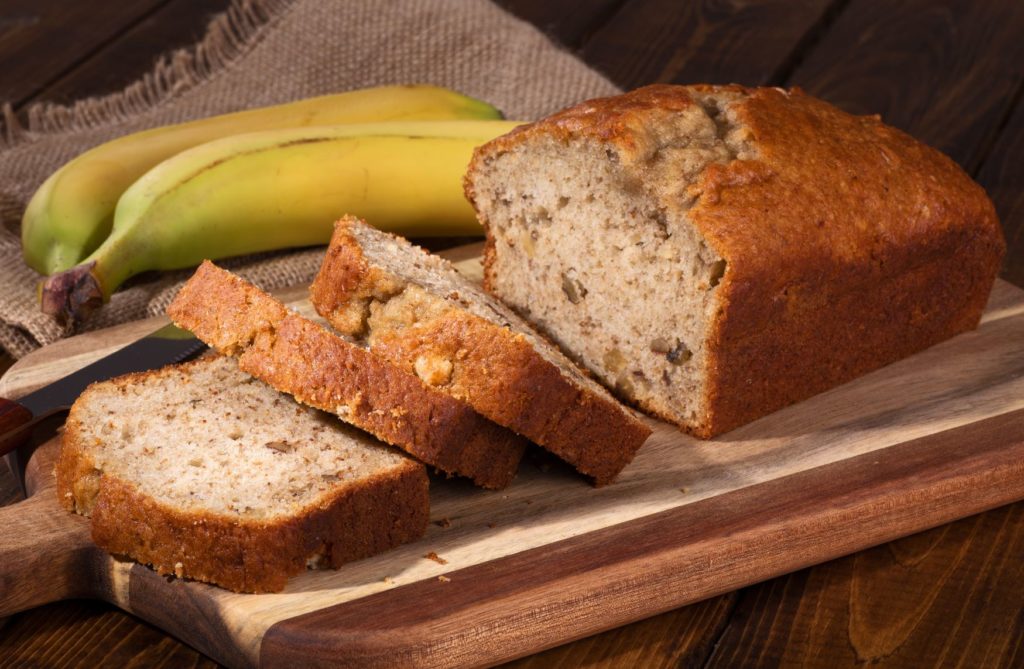Do you love smoothies? Are you looking for a kitchen appliance for making baby’s food? Or, are you planning to host an event that requires multiple recipes?
In many cases, blenders, immersion blenders, and food processors are used interchangeably in the kitchen. They all use spinning blades to transform solid food into non-solid food.
While they all seem to perform similar functions, there are specific tasks each appliance is best for. So, keep on reading for more information.
This post may contain affiliate links. Read my disclosure policy here.
Can I Use a Blender as a Food Processor?
Yes. Blenders and food processors can be used correspondingly. However, you will need to work with smaller batches for complete effectiveness.
A blender can handle most tasks of a food processor except for kneading and making pastry dough. With continual practice, most recipes that involve food processors can be processed in a blender.
What’s the Difference Between a Blender and a Food Processor?
- Blender
The primary purpose of a blender is to mix liquids or emulsify food and other substances. A vortex is formed upon turning it on, pulling ingredients to the center and causing them to blend.
A sizable blender weighs between 4 to 19 pounds. As for the height, they can range between 8 to 22 inches. If you love making smoothies and purees, a blender can come in handy to help you get the job done.
Blenders are good at smashing ingredients into a smooth concoction. Even more, blenders can be used to crush ice and make dips.
Sadly, you won’t have the option to slice, chop, and grate as you would with a food processor. But some blenders come with extra attachments for grinding substances such as coffee and nuts.
There are two main types of standing blenders – jug blenders for processing larger batches and mini-blenders for processing 1 to 2 portions at a time. The cost of these blenders can range between $20 to $500.
Hand or stick blenders can be used for quick tasks like blending smoothies and purees; however, they can be tiring when held for longer.
Despite being smaller in size, hand blenders are more compact. High-priced models come with whisking attachments and food processing capacity.
The blades of a blender are not ultra sharp – they are typically blunt. However, it’s not the sharpness of the blade that turns your stock into a soup. It’s the powerful motor that gives blenders their super pureeing abilities.
Smoothies and frozen desserts call for a conventional blender. Again, that powerful motor can withstand hard items like ice. This means that you can use a blender to make the puree, but an immersion blender is preferred.
What’s more, the blender’s bowl allows for adequate agitation of the liquid without overflowing through the lid. However, be sure not to fill it to the brim. If you want your puree silky and smooth, use a traditional blender and take advantage of the motor.
- Food Processors
Food processors are ideal for savory foods. They are versatile and come with different attachments for grating, slicing, chopping, pureeing, grating, and baking.
As for the baking attachments, you can use them for kneading and whipping, although they aren’t as effective as stand mixers.
Unlike blenders, the blades of a food processor are ridged and ultra-sharp. This is where they stand out because their motor isn’t as powerful as the blender. A food processor is a great multifunctional appliance, which means that it runs so many operations efficiently.
With a food processor, blending hard foods like nuts is a no-brainer. It also does the work of a chef’s knife, which means you can use it as a pulverizer for onions and garlic.
Food processors come with two-cup choppers for 1 to 2 individuals and up to 20-cups for commercial use. Their prices range between $40 to $700, with the pricier models including attachments such as blender jugs, grinding mills, citrus presses, and a variety of bowls.
This makes a food processor more versatile than a traditional blender. The only downside, though, is that you will have many things to clean up. If you prefer cooking in bigger batches, a food blender could help save on prep time.
However, if you’re looking for an appliance to enhance chopping, consider buying a mini-chopper.
Although you can use a food processor to make soup, it’s not recommended. This is because the bowl of a food processor shouldn’t be packed; otherwise, you will have your soup processed in multiple batches.
More often, the agitation will cause the liquid to seep out through the sides. Use it for textured dishes instead for complete effectiveness.
That said, a food processor is best for different-textured ingredients like garlic and hard nuts. If you don’t have a food processor, you can always use a chef’s knife interchangeably. Although it won’t be useful as a food blender, it will get the job done.
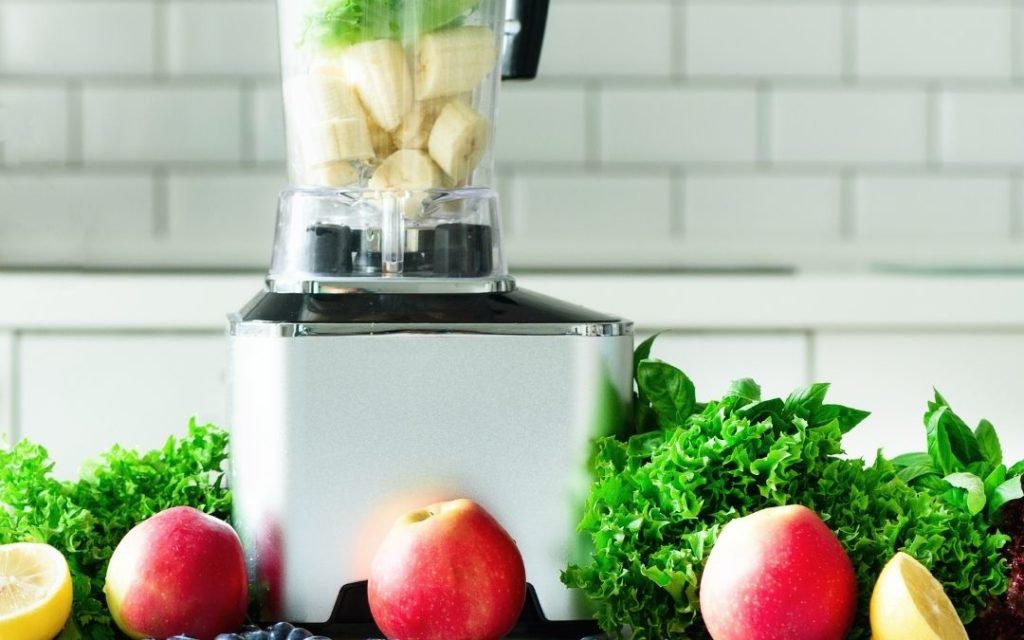
How You Can Use a Blender as a Food Processor
- Bread Crumbs
Cut 2 to 3 slices of dried bread into quarters and place four quarters in the blender jar. Blend into bread crumbs on pulse until you achieve the desired sizes.
If your blender doesn’t feature a pulse button, run the blender at high speed at intervals of 30 seconds. Do the same for the remaining bread quarters. You can anticipate half a cup of breadcrumbs, depending on the bread size.
- Baby Food
Give your baby’s food a smooth consistency by adding a quarter cup of freshly cooked vegetables into the blender jar. Depending on your blender’s model, turn the blender on puree or high speed and process until smooth.
- Shredded Cheese
Make shredded cheese by dicing hard cheeses into chunks of 2 to 3- inch. Put in the blender and turn on high for 30 seconds to a minute. Alternatively, blend until you achieve the desired consistency.
- Pesto
Into the blender jar, place ¾ cup of virgin olive oil, ¼ cup pine nuts, ¾ cup Parmesan cheese, 3 minced garlic cloves, and 2 cups basil leaves to make homemade pesto. Turn the blender on medium speed and blend until smooth and silky.
- Ice
For mixed drinks, chop ice into four cubes and place in the blender jar. Turn the blender on high speed and blend until the cubes are finely chopped.
Some blenders come with a food processor attachment that can be purchased separately and used with the blender motor.
It’s also worth noting that some low-priced models of blenders may not be able to withstand the toughness of chopping ice or shredding hard cheese. Similarly, the motor isn’t powerful enough for these tasks.
Tips When Using a Blender as a Food Processor
- Slow it Down (Blending Process)
Blenders are more effective at high speeds than most food processors. For this reason, blenders are likely to give your ingredients a smoother consistency. To mimic a food processor’s power, blend in pulses instead of running for an extensive period.
- Don’t Use the “Liquefy” and “Purée” Settings
Blenders are used for processing liquid substances, pureeing soups, or even chopping ice. On the other hand, food processors are primarily used to chop and mix ingredients. So when using a blender as a food processor, refrain from using the liquefy settings.
- Use Less Liquid
Take it easy on the liquid, especially at the beginning. This helps to imitate the effect of using a food processor without making your food soggy. As you’re blending, add water gradually to give your food a smoother consistency.
Avoid using the blender for shredding, slicing, or grating. Unlike a food processor with multiple attachments, a blender has only one cutting element purported for blending.
If you have ingredients that need to be shredded or sliced, consider using a chef’s knife if you don’t have a food processor.
Related Questions
1. Can You Chop Food in a Blender?
No. A blender is mainly recommended for making smoothies and blending liquids, which makes it a terrible idea to chop food in a blender. Even though you may want to give your drink that icy feeling, don’t use a blender for hard substances.
2. Can I Use My Ninja Blender as a Food Processor?
Yes, you can use your Ninja blender as a food processor. Meanwhile, three of Ninja’s blenders have been proven effective as food processors; Ninja Duo Auto IQ, Ninja BL770, and Ninja MasterPrep QB1004.
These models can be paired with its food processor bowl, making them unique to Ninja blenders.
3. What Can a Food Processor Do That a Blender Cannot?
Like mentioned before, blenders are best for liquid items like smoothies and soups, whereas a food processor is a better option for solid foods that require chopping and slicing. In other words, food processors are best for labor-intensive tasks.
4. What Does a Food Processor Do That a Blender Doesn’t?
A blender is mainly preferred for foods that require more liquid, while a food processor is suited for solid foods. Additionally, a food processor includes shredder blades to accomplish many functions, such as chopping and shredding.
5. Should I Get a Blender or Food Processor?
For efficiency, use each appliance for the right purpose. Don’t overload the blender when chopping food for even processing. Meanwhile, a food processor will help you get done with the chopping and dicing prep work.
Final Thoughts
All these appliances are kitchen essentials. However, your choice depends on your budget, storage space, and the tasks you do most. If you love making a variety of recipes, you will need both the blender and food processor.
If you’re only handling soups and smoothies, then a blender will do. If you want to work in smaller batches or do more prep work like chopping and slicing vegetables, get a food processor.
Finally, be sure to use each appliance for the intended purpose. Clean after each use and store as instructions prompt for durability.


